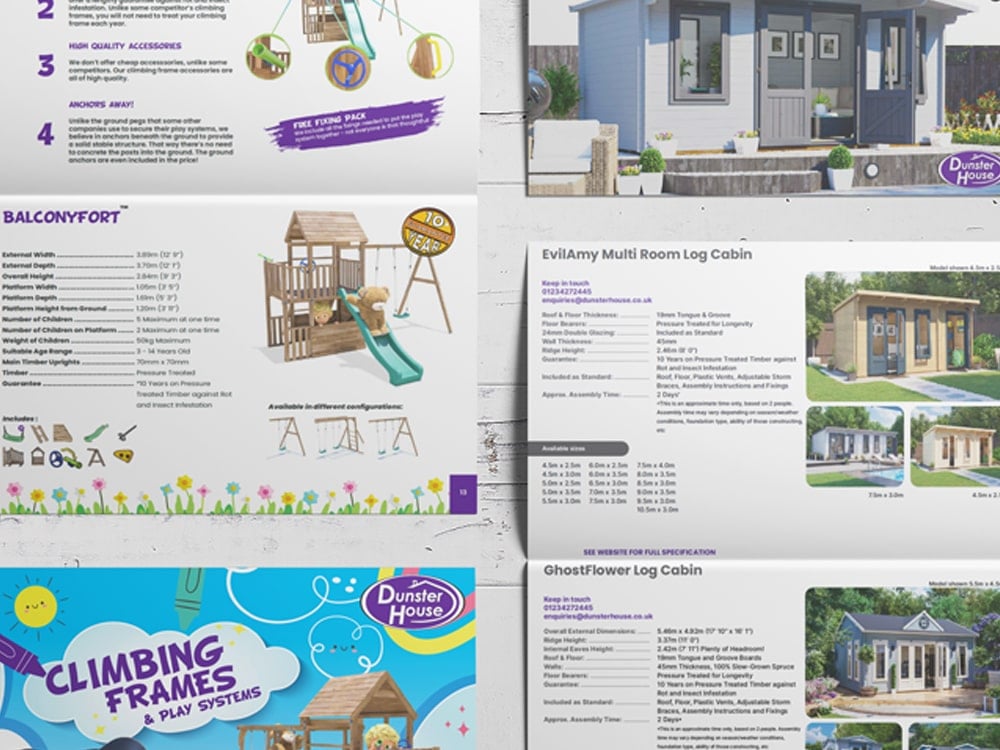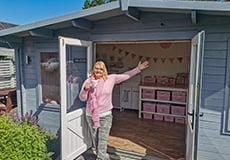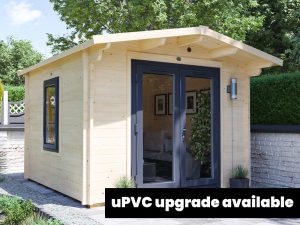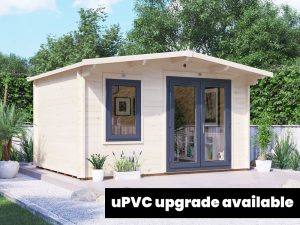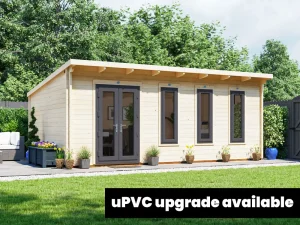There are many common myths and misconceptions about wooden garden buildings like log cabins and garden sheds. Here we get to the bottom of it to reveal the truth behind the rumours, so you can make an informed decision when choosing the right building for your garden project.
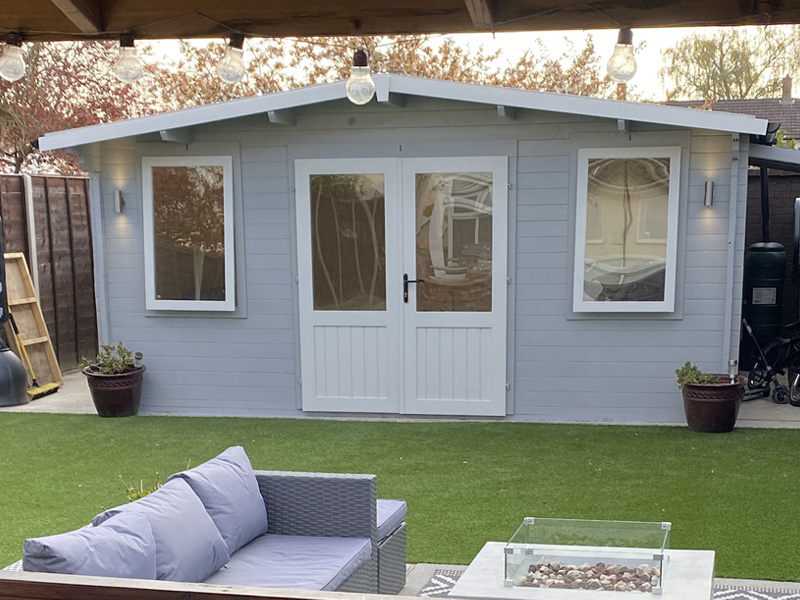
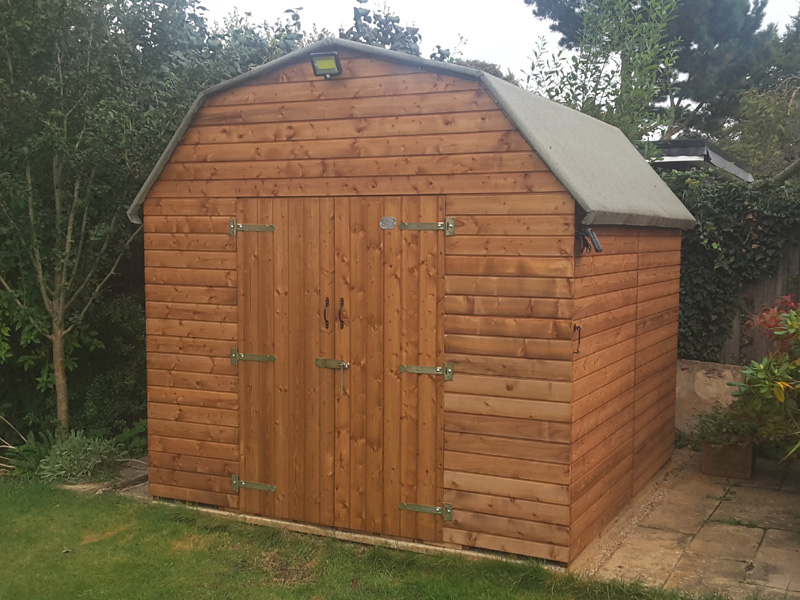
Common Myth 1: Timber is an inferior building material
Many people can often consider wood to be an inferior building material compared to brick, stone and metal. But they couldn’t be more wrong. For the purposes of constructing a garden building, timber is an ideal choice.
Firstly, wood is a natural material so will blend in beautifully with the surrounding landscape, and have a much more attractive appearance than a building made from one of the alternative materials. Secondly, it is a much warmer material and a natural insulator. With the addition of high quality insulation, timber buildings can have great thermal effectiveness. Our log cabins come with the option of adding polyisocyanurate foam insulation. This rigid material is one of the best insulators around due to its low levels of thermal conductivity.
Timber can be just as strong as other materials too, and comes in all sorts of shapes, sizes and types, making it very versatile. The sturdiness of timber and its thermal resistance will depend on a number of factors. The natural properties of the wood are affected by its source, speed of growth, and the way it is treated and stored. It is perfectly normal for splits and warping to occur in timber due to the way it is formed. Wood naturally contains moisture, which dries at different rates in the different levels within the timber.
Timber is classified into two main groups – softwood and hardwood. However, contrary to what some people might think, these terms bear no relation to the actual hardness or density of the wood. In fact, it relates to the type of tree that the wood comes from.
We use slow grown spruce to make all of our wooden garden buildings. Spruce is considered more stable than alternative woods, such as pine, because it expands and contracts less. As the timber naturally moves and reacts to weather changes over time, the stability of the spruce minimises gaps appearing between wall logs. Spruce is also more resilient to warping and splitting, contains fewer knots, and produces less sap. We only use full lengths of timber in our products, with no glued together off-cuts, to ensure their strength and durability.
The timber we use is responsibly sourced from regions with a cold climate, where the low temperatures and length of the growing season help to produce a higher quality dense timber. The slow growing process results in more rings in the timber, creating a tighter grain. As the timber is so densely packed, it helps to prevent cracks and shakes appearing, giving it superior strength and longevity.
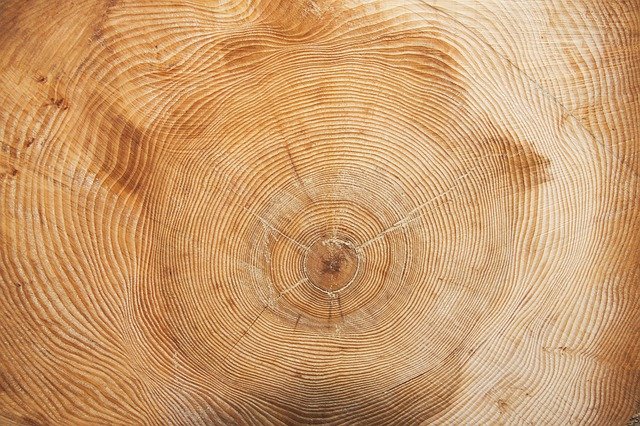
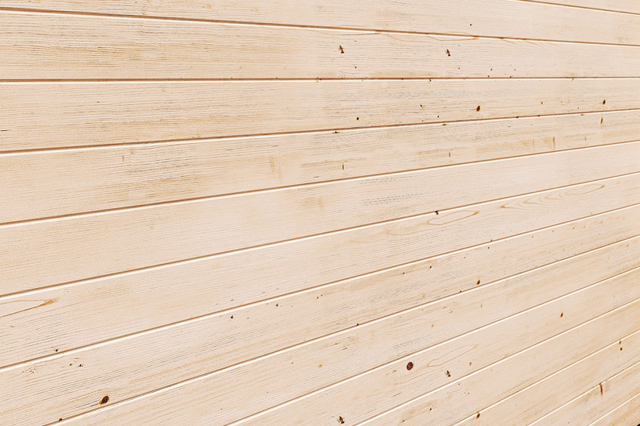
Treating the timber will increase its strength over time and ensure it lasts longer. Many of our wooden garden sheds and garden offices are made from pressure treated timber. During the pressure treating process, moisture and air is sucked out of the timber and replaced with preservative. This means the treatment is deep within the timber, providing protection against fungal decay and insect infestation for as long as 10 years.
As long as you perform all the necessary maintenance and upkeep of your wooden garden building, there is no reason why it will not last for the long term.
Common Myth 2: Garden buildings are only for storage and garages
This statement could not be further from the truth. A garden building can be used for a lot more than just outdoor storage space for your gardening tools and garden furniture. A garden is an extension of the home, and should be viewed as if it was another room in the house.
Installing a garden building, such as a log cabin, is a great way to maximise your outdoor space and really make the most of it. Instead of just using the garden for common functions like storage space, a garage or workshop, you can create your own hobby room, pub shed, garden office, summerhouse retreat, home gym, man cave or she shed.
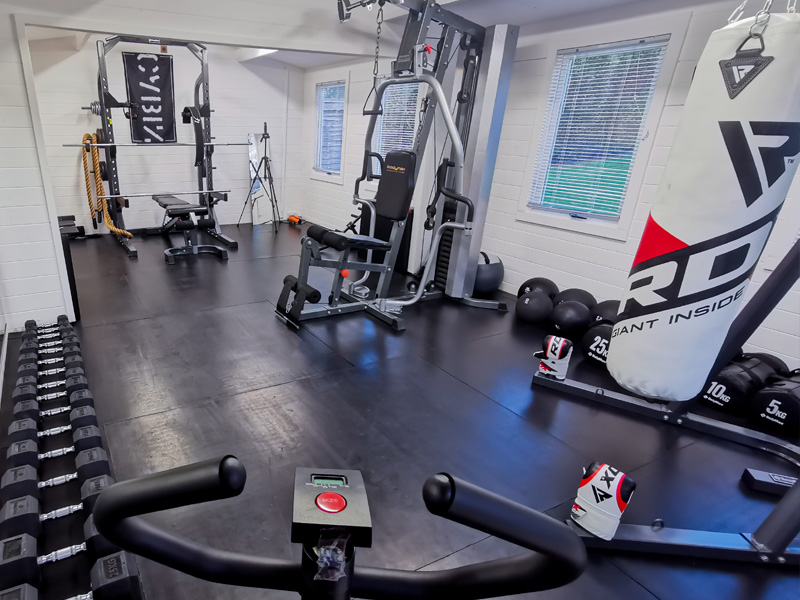
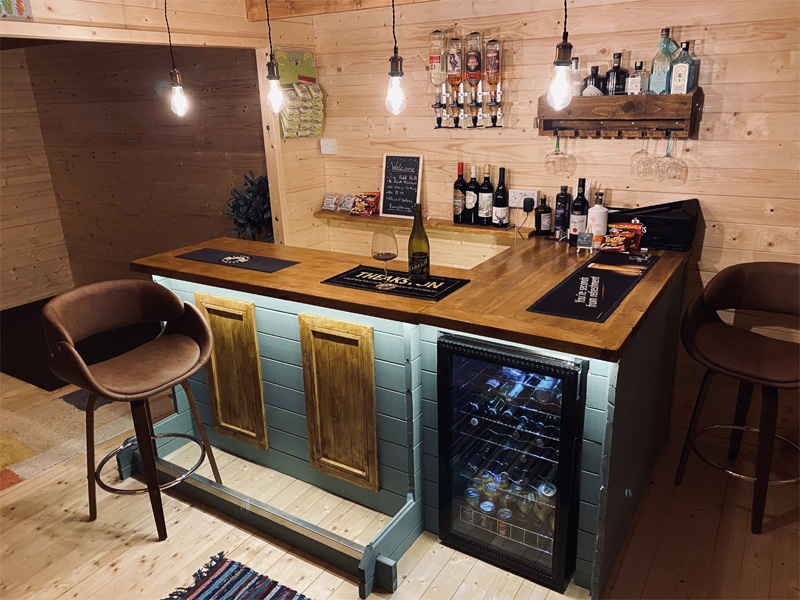
Log cabins help you to use your garden to its full potential and free up space in your home. Maybe you need somewhere to complete arts and crafts projects or a photography studio. Alternatively, you can use the space as a dedicated play room or den for the children. You can create an outdoor area to lounge and relax in or a place for some alfresco dining.
Whether you want a tranquil space to escape, a garden party hub to socialise and celebrate events, or a home cinema or games room to have fun, this multipurpose building can cater to your needs. Get together with friends, your family or have some time out on your own.
As the number of people working from home increases, a garden office is a highly useful addition to the garden, and a worthy investment. If you are starting up your own business, it will be much cheaper than renting work premises. If you work from home, you have the convenience of the office on your doorstep, without any of the hassles and time associated with commuting. A separate garden office building will make sure you maintain the perfect balance between your home and work life.
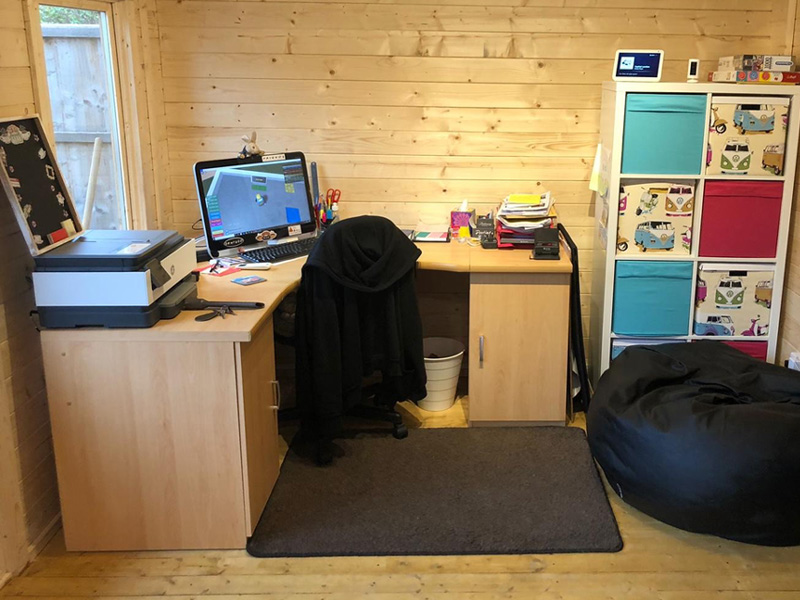
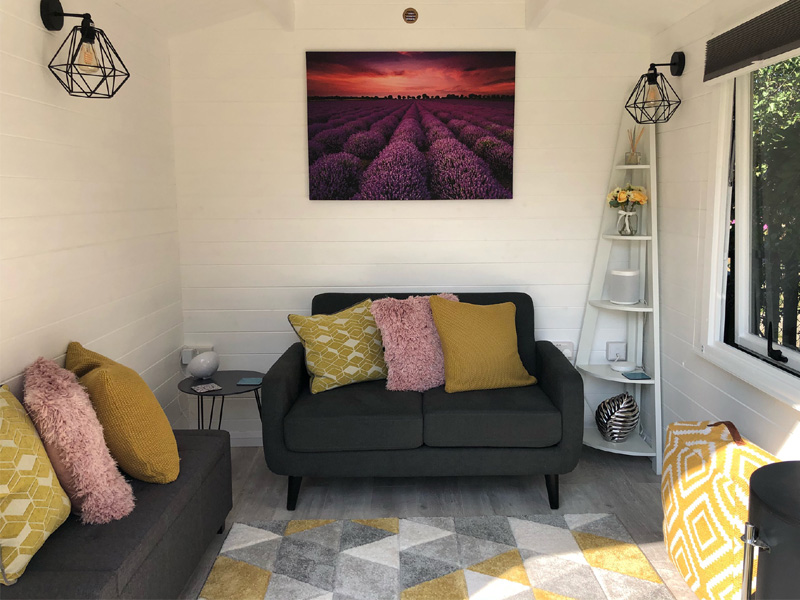
Decorate the interior of your log cabin and paint the exterior however you like, and add your own finishing touches. You can really create something special that will not only look amazing in your garden, but be practical too. With a range of sizes available, the possibilities are endless. Take a look at our customer inspiration gallery for creative ideas on different uses and interior design.
Common Myth 3: All garden sheds and log cabins are the same
There are different types of wooden buildings, which have different features and construction methods. One of the main differences are wall thickness used on our garden sheds compared to that which is used on our log cabins.
Garden buildings are available in many different sizes and designs, so you are sure to easily find one that fits your needs, budget and preferences on appearance. You can opt for the traditional chalet look with an apex roof, or go for something a bit more contemporary looking with a flat or pent roof. Corner buildings, as the name suggests, are designed to fit snugly into the corner of the garden. They will also vary in wall, floor and roof thicknesses, with some having the option to add insulation as well.
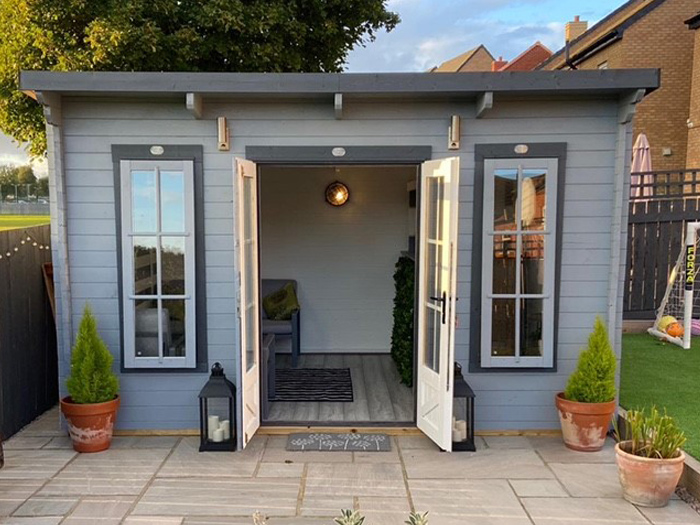
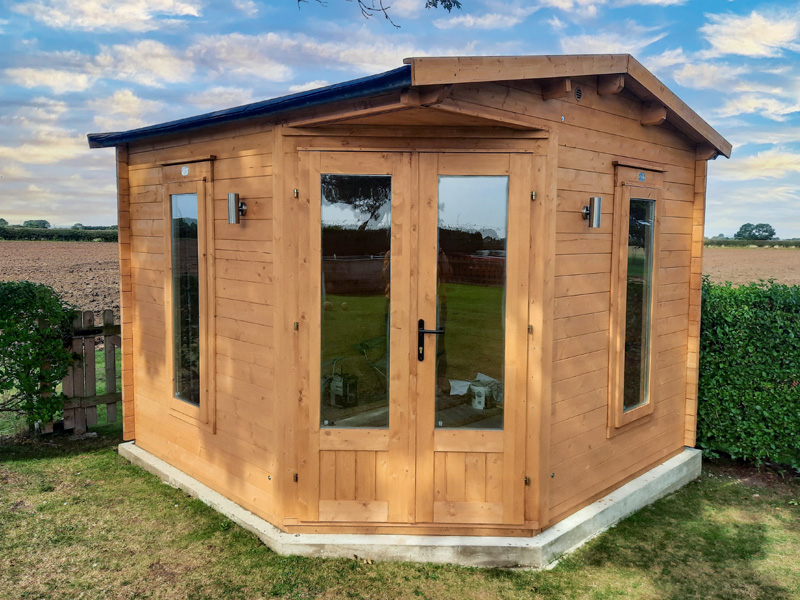
But remember, not all garden buildings are created equally. Even ones that may look the same at first glance on the outside, are likely to differ in terms of quality. Before making a purchase make sure to fully read through all the information available to really know what you are buying. Look carefully at actual sizes, specifications, what is included, thickness of timbers and materials used.
Beware of hidden extra costs too. There are some things, such as floors, that you would expect to come as part of the kit, but some companies offer them as an optional extra, therefore increasing the price of the finished product. We think the floor is an integral part of a garden room, which is why we include them as standard. We also provide air vents with our log cabins, which are important in helping you keep the building well ventilated. All fixings needed for assembly are also included with all of our products.
At Dunster House we design all of our garden buildings ourselves in-house, making them full of unique features that you won’t find anywhere else on the market.
We always use real glass in our garden buildings opposed to plastic, and the glass is toughened for added security and safety. Many of our log cabins also feature double glazing, which conforms to standards on thermal and sound insulation, and is independently tested to prevent condensation between the panes of glass.
Our log cabins have multi-point locking systems on windows and doors for high security. These are more akin to the domestic style you would usually find in the house rather than what is commonly used on garden buildings. The windows also have proper key locking handles and friction stays instead of the stay arms that are usually found on garden buildings.
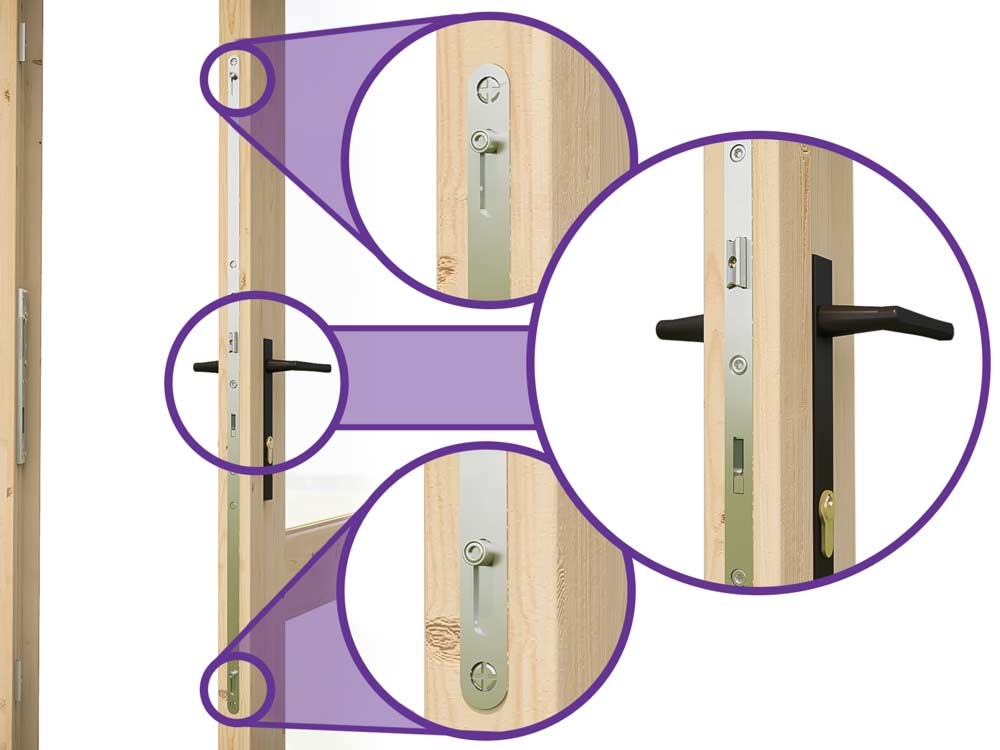

Learn more about What are the Features of a Dunster House Log Cabin.
Common Myth 4: Building your own bespoke garden building is better
If you plan to save by making your new garden building completely from scratch yourself, you could end up spending a lot more time and money. There are a lot of considerations to make when it comes to designing and building your own shed. You will need relevant knowledge and skills to ensure you create a sturdy and durable building that will last and be fit for its purpose. There are no guarantees that your building will live up to your intentions.
You may think designing a bespoke garden building tailored specifically to you is the best option, but buying an off the shelf design is a practical idea that is much easier, quicker and far less hassle. There are so many different shapes, sizes and styles available on the market, so you should be able to find one that fits your garden and suits your needs.
Off the shelf models are generally cheaper in price because they are usually batch manufactured to an existing design. This is an economical production process that saves time and money. The cheaper price is not necessarily reflective of poorer quality or materials. Bespoke buildings on the other hand are often costly because they involve more labour time to produce, and may not always be of a high quality as you might expect for the higher price.
We hope that now the common myths have been dispelled, you are more informed and confident in choosing your new garden building. If you are interested in adding value to your property and enhancing your lifestyle with a wooden garden building, then take a look through our website. We offer a range of options, including Log Cabins, Summerhouses, Garden Sheds, Wooden Garages and Garden Offices.




